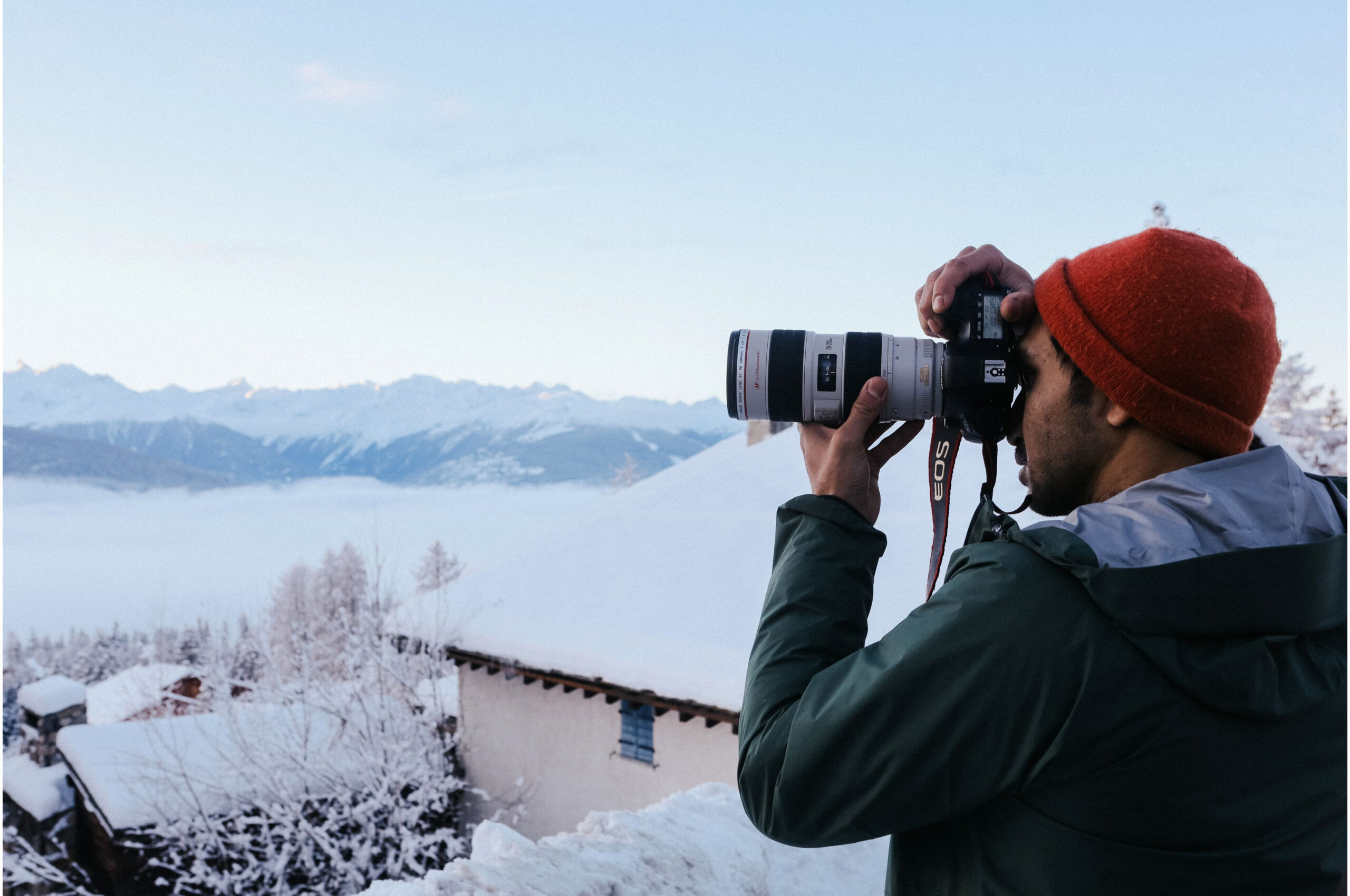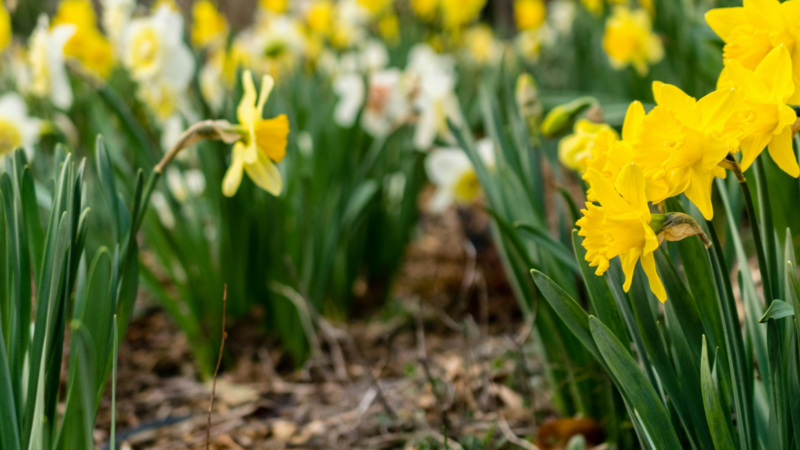Winter wonderland awaits: A guide to winter photography

Winter is often thought of as the most magical time of the year. This is especially true for photographers willing to brave the cold, as winter unveils a picturesque canvas. As the weather gets colder, frostier, and sometimes even the snowflakes start to fall, there is no better time to venture outdoors and capture the magnificent landscapes. The beauty of winter is full of photography ideas and endless possibilities for photographers eager to experiment with their craft and create captivating visual narratives.
“The great thing about wintertime is that there are endless ideas to experiment with in order to create some stunning photographs” says James Whitten, Marketing Manager at photoGuard.
Leading camera equipment insurer photoGuard shares their favourite concepts for the cold and useful tips and techniques that are needed to capture them.
Natural winter light
A frosty morning can provide some incredible natural lighting to set the scene with. The low light of a winter’s day can be the perfect backdrop, and a light dusting of frost can turn almost any object into a photo that grabs attention. Frost-covered trees, cobwebs and even leaves can make for idyllic images. Snow and frost can reflect back to the camera, which could mean the scene ends up underexposed, leaving a tint to the image.
To avoid this, photographers should have a play around with adding more exposure and configuring the histogram on the DSLR. The histogram is a graph that, when displayed on the camera, will show how well exposed the picture is. Ideally, a good shot will have the graph on the histogram touching both sides of the screen.
Frozen water
If wanting to get creative, experimenting with shots of frozen lakes, rivers and other water featured can be a great idea. An icy pond or even a puddle can cast a reflection that can split the scene in two, mirroring the landscape and in turn making for a breathtaking picture.
Tips to protect the kit in winter
It is crucial to keep the costly camera kit protected in winter. Before heading out, ensure to pack all accessories needed to make the most of the winter scene. For the freezing temperatures, a tripod might be needed to steady the camera while taking photos. Lens cloths and other cleaning materials may also come in handy to wipe away any dirt or moisture from the lens, as will a rain cover to keep the camera dry. The camera’s batteries can also lose charge faster in the cold weather, so it may also be worth keeping a spare set of batteries.
“While the drop in temperature brings more opportunities to get creative with your camera, it can also lead to an increased risk of something going wrong. At photoGuard, we’re serious about providing cover to photographers of all abilities” adds Whitten.
Checkout photoGuard’s insurance policies on:
https://www.photoguard.co.uk






